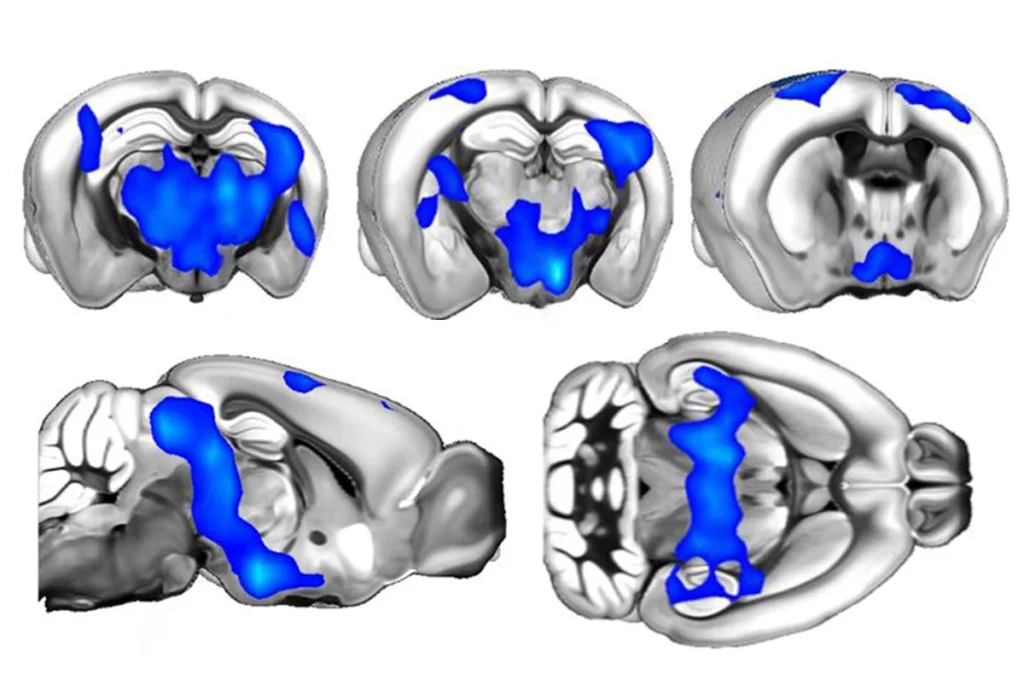Bruce Bonyhady is often described as the architect of Australia’s National Disability Insurance Scheme (NDIS) and is co-chair of the panel reviewing it. He spoke last week about the sustainability challenges the scheme faces.
Among the key issues identified was that 20 percent of Australian children experience learning difficulties, developmental concerns, developmental delay or are found to have disability. Bonyhady said this made it a “mainstream issue.” He added that the NDIS was never designed to be the main support system for the majority of these children.
With the NDIS review due to report to state and federal ministers in October, the comments signal a recalibration of the scheme.
This presents another challenge: which government systems outside the NDIS will embrace the large number of children who need developmental support?
D
evelopmental delay is a general term that refers to young children who are slower to develop communication, physical, social, emotional and cognitive skills than typically expected. The pace of a child’s development can be measured in many ways, one of which is comparing their development to established milestones, such as when they learn their first word or when they learn to walk.Many things can cause developmental delay. These include biological differences (such as genetic conditions), environmental challenges (including deprivation) or a combination of both. In many cases, the causes of a child’s developmental delay remain unknown.
Developmental delay is a term commonly used in clinical practice but not included in official diagnostic manuals such as the Diagnostic and Statistical Manual of Mental Disorders. This is because developmental delay is viewed as a temporary state in child development. It is most often used for children under 5.
As children grow older, some developmentally catch up with their peers. Others continue to lag behind. At a certain point in development — typically around 5 years old — children in the latter group will start to be referred to as having a developmental disability.
Developmental disabilities are included in official diagnostic manuals and include autism, attention-deficit/hyperactivity disorder (ADHD), intellectual disability, specific learning disorders, communication disorders and developmental coordination disorder.
T
he NDIS has a specific definition of developmental delay, which encompasses three areas. Children are considered to have a developmental delay if their delay is:- due to mental or physical impairments
- substantially reduces functional capacity
- requires specialist services.
About 11 percent of all NDIS participants are classified as having a developmental delay. There are also a significant number of children with developmental delay who are not within the NDIS. Taken together, these groups make up about 20 percent of Australian children under age 5.
Although there is a general community view that developmental delay is an increasing issue in Australia, there is a lack of data tracking over time to understand if this view is accurate.
Our clearest indication comes from Australian Early Development Census, which surveys more than 300,0000 children entering primary school.
The latest available data indicate there are now slightly fewer children who are “developmentally on track” (down from 55.4 percent in 2018 to 54.8 percent in 2021) and an increase in the number of children who are “developmentally vulnerable” in any one area of development (up from 21.7 percent in 2018 to 22 percent in 2021).
T
here has always been a large number of children experiencing developmental delay. But the fragmentation across state/territory and commonwealth health and disability systems has meant the true scale of children struggling with development has not been clear. The unified system of the NDIS has made the percentage of children with delays clearer.But, as Bonyhady notes, the NDIS was not designed to support all these children. The NDIS was meant to complement existing systems such as health and education, and to provide additional support to children with the most significant disability impacts. This figure is estimated to be a small proportion of the 20 percent of children who meet criteria for developmental delay.
The NDIS is rightly described as a policy miracle, and it has benefited hundreds of thousands of Australians — with millions more to come. Its future thriving is highly dependent on how our community supports children with developmental delay.
The NDIS has accelerated a trend for the medicalization of development supports. Children with developmental delays receive supports within clinics, rather than in the natural settings in which they live and function every day.
This has weakened major protective factors known to support child development, such as community connection and parental empowerment.
Building capacity to support children with developmental delay in their everyday contexts — at home and in child care, kindergartens, preschools or the local community — will be crucial to ensuring children with developmental delay and their families thrive into later childhood.
And it will help the NDIS remain the life-changing system it is.![]()
This story is republished from The Conversation. It has been slightly modified to reflect Spectrum’s style.






